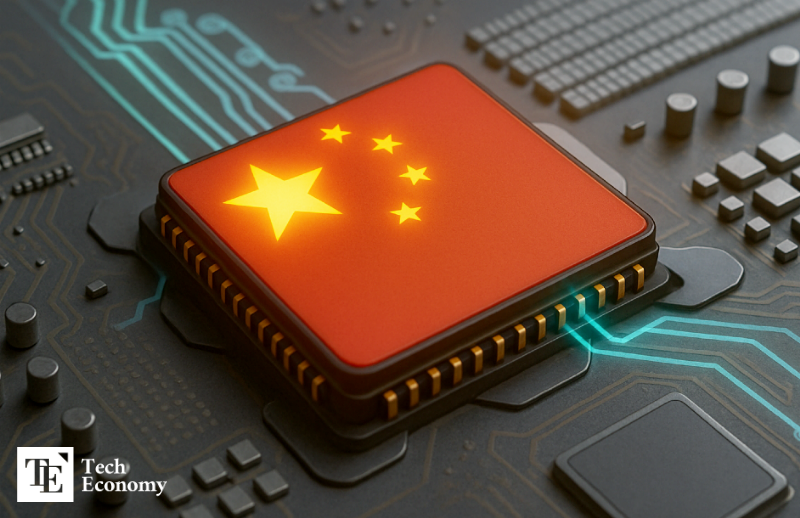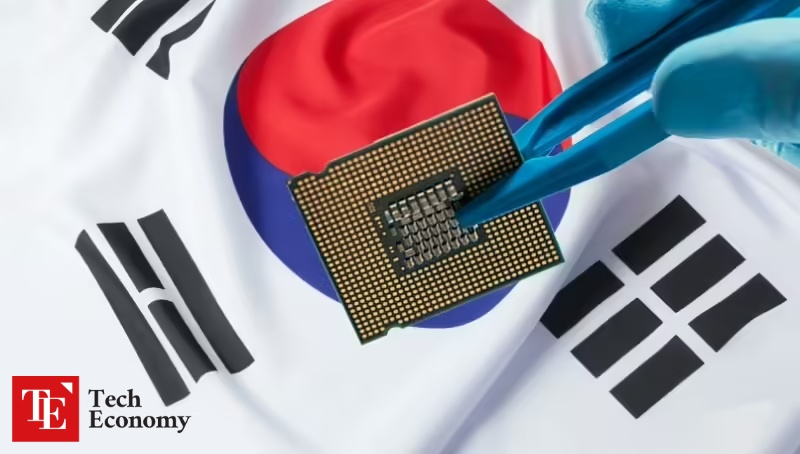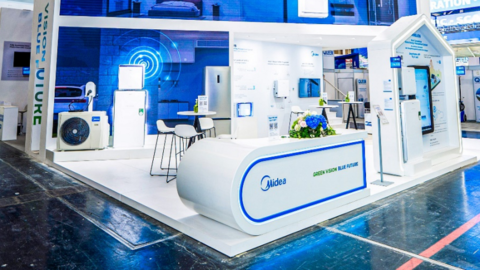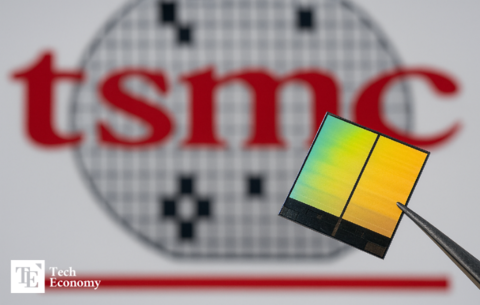China’s Semiconductor Ambitions: From Technological Independence to Price Leadership
Input
Modified
China Accelerates Adoption of Domestic Equipment in New Fabs AI Demand and State Support Fuel Localization Efforts Chinese Equipment Market Booms Despite U.S. Sanctions

Chinese semiconductor companies are accelerating their adoption of domestically produced equipment, particularly in newly constructed fabs, as Beijing pushes for technological self-sufficiency amid U.S. sanctions. Buoyed by soaring demand for artificial intelligence (AI) chips and sustained state support, China’s drive for equipment localization is now extending beyond technological substitution into strategic price dominance in global memory markets.
YMTC Targets 100% Domestic Equipment by Year-End
According to Morgan Stanley on July 28, the localization rate of semiconductor manufacturing equipment in Chinese wafer fabs is projected to rise from 14% in 2023 to 18% in 2024. Yangtze Memory Technologies Corp. (YMTC), China’s top NAND flash memory maker, has reportedly achieved a 45% localization rate, a leading figure among domestic players. Localization is progressing faster in newly built fabs. For instance, Nexchip's third fab has reached a 27% localization rate, a significant increase from the 15% seen in its first and second fabs. Semiconductor Manufacturing International Corporation (SMIC), China’s largest foundry, has achieved a 22% localization rate at its new Jingcheng fab, compared to 18% in its existing facilities.
This trend is spreading across China’s semiconductor industry. Morgan Stanley’s data indicates that the proportion of capital expenditures allocated to domestic equipment among Chinese foundries is set to increase from 20% in 2023 to 25% in 2024. Domestic equipment suppliers are also making technological advances. Naura (North Microelectronics) unveiled an ion implantation system in the first quarter of this year, and AMEC (Advanced Micro-Fabrication Equipment Inc. China) aims to cover 60% of all wafer processing steps with its equipment within the next 5–10 years.
China’s equipment self-sufficiency efforts are being propelled by deeper collaboration with domestic suppliers, a necessity after many leading Chinese firms were added to the U.S. Department of Commerce’s Entity List. YMTC, for example, has partnered with AMEC and Naura in critical etching and deposition processes. By the end of this year, YMTC plans to trial a NAND flash production line composed entirely of domestically sourced equipment. Once stabilized, this line could double YMTC’s production capacity and push its global market share beyond 15%.
Supply Chain Localization Accelerates
China’s localization push is being powered by strong domestic demand triggered by AI expansion. Goldman Sachs anticipates a surge in foundry investment in the second half of the year as demand for AI chips significantly outpaces supply. On the back of this demand, projections for the size of China’s semiconductor equipment market in 2024 have been raised from $3.66 billion to $4.03 billion.
While some point to overcapacity in mature-node production and initial yield uncertainties in localized fabs as limitations to China’s semiconductor ambitions, many in the industry believe political will is outweighing short-term economic constraints. Backed by massive state-led initiatives such as the National Integrated Circuit Industry Investment Fund—commonly known as the “Big Fund”—China is unlikely to retreat from its self-reliance strategy.
The third phase of the Big Fund is expected to inject $6.9 billion into strategic areas such as photoresists, extreme ultraviolet (EUV) lithography tools, and other critical materials. The initiative aims to reduce dependence on foreign technologies, with a particular focus on photoresists where domestic self-sufficiency remains under 5% for KrF/ArF types and virtually nonexistent for EUV materials. Should these efforts result in industrial-scale success, China could break free from its current technological dependence in high-value semiconductor materials.

Korean Semiconductor Industry Faces Structural Threats
China’s momentum signals both the decline of Korea’s semiconductor competitiveness and a broader structural rupture in the global industry order. A recent analysis commissioned by the Korea Fabless Industry Association and conducted by the National IT Industry Promotion Agency found that Korea lags the U.S. and Taiwan by approximately 2.5 years in chip technology, achieving only 80% of their capabilities. In the field of massively parallel AI computing—critical for next-generation processors—Korea is at just 64% of U.S. levels, trailing by about four years. For advanced chip packaging, Korea falls 2.8 years behind the U.S. and Taiwan.
Korea’s traditional advantages are eroding. At a summer forum hosted by the Korea Chamber of Commerce and Industry on July 17, its chairman Choi Tae-won (also chairman of SK Group) warned, “China’s manufacturing capabilities have improved to the point where we now compete in nearly every product category, including semiconductors, where they are fast catching up.” Some experts believe China has already overtaken Korea. A February report by the Korea Institute of S&T Evaluation and Planning ranked China second globally in core resistive memory capabilities, ahead of Korea’s third-place standing. In advanced packaging, the two countries tied for fourth. China also ranked second behind the U.S. in high-performance, low-power AI chip technology and fourth in power semiconductors—two notches above Korea. These gains are the fruit of Beijing’s decision in 2014 to designate semiconductors as a strategic national industry and commit to aggressive localization and investment.
Chinese firms are increasingly taking the lead in setting prices for DRAM and NAND flash memory. Many smaller fabs and chip design houses based in Jiangxi, Jiangsu, and Hubei provinces are now launching products 10–15% cheaper than global market averages. One standout is ChangXin Memory Technologies (CXMT), the only Chinese DRAM maker competing with the “big three”—Samsung, SK hynix, and Micron. In the first quarter of 2024, CXMT’s monthly production exceeded 100,000 wafers. Meanwhile, Yanxin Semiconductor, based in Hubei, is rapidly expanding its market share in unbranded consumer electronics across Europe and Southeast Asia by supplying low-cost NAND flash memory.
This shift in pricing power reflects China’s broader strategy to stabilize its domestic supply chain. The government’s “National Industrial Cluster Zoning Plan” aims to consolidate memory, foundry, and packaging operations into five major regions. Jiangsu province, especially Suzhou and Wuxi, has been designated a memory chip hub, with goals to localize 70% of all related equipment and materials. Additionally, China has committed to achieving a 70% self-sufficiency rate in memory semiconductors by 2030 as part of the “02 Strategy,” a key national science and technology project. This strategy is not merely industrial—it also represents a calculated geopolitical response to ongoing U.S. export controls.





















